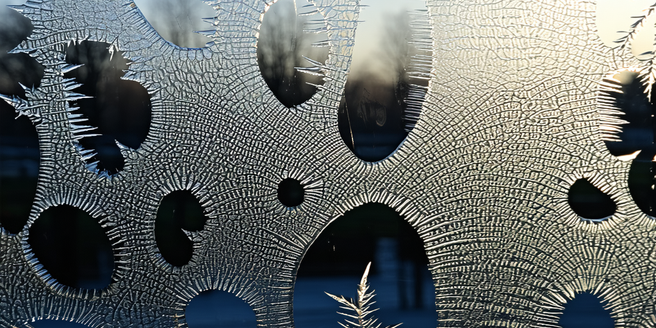
Understanding the Formation of Frost Patterns
Frost patterns form when water vapor in the air contacts a cold surface and freezes. This process involves several factors including temperature, humidity, and the nature of the surface. The intricate designs we see are a result of ice crystals branching out as they grow, influenced by microscopic imperfections on the surface. Interestingly, the speed of crystal growth can vary based on external conditions. These patterns often form on windows, presenting delicate and whimsical shapes like ferns or feathers. Understanding how frost forms can enhance appreciation for these natural designs and can also serve as valuable knowledge for photographers aiming to capture their fragile beauty.
Tools and Techniques for Photographing Frost
Capturing the delicate intricacy of frost patterns requires specific tools and techniques. A macro lens is essential for detailed close-ups, while a tripod ensures stability in low light conditions. Using a low ISO setting helps minimize noise, preserving the clarity of patterns. Additionally, a polarizing filter can reduce reflections and enhance contrast. Experimenting with various approaches can lead to truly unique captures. To bring out the details, photographers might experiment with different angles and light sources, such as using LED lights to create dramatic shadows. These tools and techniques can help photographers effectively capture the enchanting frost patterns as they appear in nature.
Choosing the Right Light for Frost Photography
Light is a crucial factor in frost photography, significantly affecting the final image. Early morning light, with its soft and golden hue, is ideal for highlighting the delicate structures of frost. Backlighting can emphasize the transparency and texture of ice, creating a glowing effect. Overcast days, while challenging, offer diffused light that prevents harsh shadows and preserves the finer details of frost patterns. Photographers should consider these lighting conditions and adjust their exposure settings to capture the ethereal beauty of frost in its best form. Each choice of light contributes to a unique portrayal of natural ice art.
Composing Stunning Frost Images
Composition in frost photography requires creativity and attention to detail. Focusing on a single pattern can create a mesmerizing image, showcasing one intricate design amidst the larger frost spread. The rule of thirds can be applied to effectively frame these elements, providing balance to the image. By experimenting with different angles, photographers can discover unique perspectives that highlight the frost’s beauty. Incorporating the surrounding environment, like window panes or edges of leaves, adds context and depth. It’s also important to consider the backdrop; a contrasting surface can enhance the appearance of frost, making its patterns stand out vividly. Thoughtful composition transforms simple frost into stunning visual presentations.
Post-Processing Tips for Enhancing Frost Photos
Post-processing can enhance the natural beauty of frost photos, bringing out subtle details not immediately visible. Adjusting the contrast and sharpness can define the intricate lines and texture of the frost. Utilizing these tools effectively requires skill and creativity. Careful manipulation of highlights and shadows can add depth, while vibrance adjustment can emphasize the inherent colors of ice. Cropping the image might help in refining composition and removing distracting elements. Software tools like Adobe Lightroom or Photoshop offer powerful features that photographers can utilize to enhance their frost photos, taking them from mere captures to works of art.
Gallery of Inspiring Frost Pattern Photographs
A gallery dedicated to frost photography showcases the limitless creativity and artistry found in nature’s icy designs. From delicate feather-like patterns on windows to geometric shapes on car windscreens, each photograph tells a unique story. Photographers around the world contribute to this gallery, offering diverse perspectives and interpretations of frost. Observing these images can provide inspiration, educating viewers on different techniques and approaches. They serve not only as a visual feast but also as a testament to the intricate beauty that cold weather can carve, inviting others to see the wonder in everyday frosty mornings.
